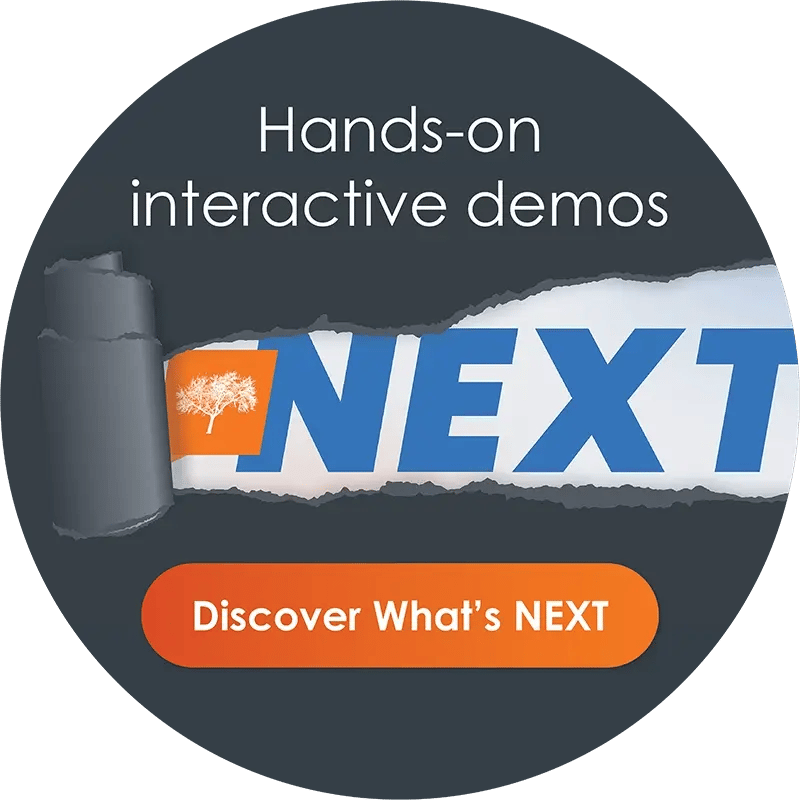3 Common EHR Implementation Challenges (And How to Solve Them)

Many senior living professionals dread doing paperwork. After all, you want to help seniors get stellar care, not spend your days squinting at handwritten notes or typing away at a keyboard. Electronic health record (EHR) software can reduce documentation headaches by making it easier to generate and share resident health data. But assisted living organizations frequently encounter challenges while implementing new types of EHR systems.
Fortunately, EHR implementation can be easy and painless with the proper preparation. This article explores three common obstacles that senior living communities face with EHR and ways to avoid them.
Contact us for a free demo today.
1. Lack of Interoperability
Many assisted living communities use multiple systems to handle operations like billing, customer relationship management, and marketing. Adopting EHR that doesn’t mesh well with existing software can cause confusion and inefficiency. For instance, without interoperability, staff may need to document the same service twice in the billing and EHR systems. This duplication of work wastes time and increases the risk of data entry errors.
Solution: Make implementation a breeze by selecting an EHR system that connects and is interoperable with other software. Many EHR vendors, like Eldermark, offer multiple solutions for every senior living process. These tools work together to transmit data seamlessly across operations.
Interoperability can improve resident care and streamline work. Picture this: A clinician prescribes a new medication for a resident and adds this information with EMAR software. The EMAR updates the EHR with this change and orders the medication from the pharmacy.
Later, a senior living professional uses a mobile Point of Care app to document drug administration, which prompts the billing software to charge the resident’s insurance.
In this scenario, many of these tasks take place automatically due to interoperable systems, increasing accuracy and saving time.
2. Staff Resistance to EHR Software
Senior living professionals are experiencing record levels of burnout due to the COVID-19 pandemic and staffing shortages. Staff who already feel overwhelmed and stressed by their routine duties may be reluctant to adopt a new EHR system. This lack of acceptance could lead to increased medical errors and low morale if professionals are unwilling to learn how to use the software properly.
Solution: Leaders should secure staff buy-in before launching a new EHR system. Professionals who understand the value of EHR are more likely to embrace the technology.
Educate staff about the many benefits of using EHR in senior living communities. For example, this software can significantly decrease the time spent on documentation by automating tasks and supplying templates for resident charts. Plus, cloud-based EHR allows staff to manage data from any device so that they can take notes on the go with a laptop or tablet.
It’s also essential to provide staff with the resources they need to learn the EHR system. Vendors like Eldermark provide free training courses and videos to support EHR implementation. You may also need to increase staffing during the transition to help your team adjust.
Is staffing a major concern for your team? Interoperable software and tech-backed hiring tactics can simplify day-to-day work, attract new hires, and connect you with the most qualified people during your hiring process. We walk through how senior living teams are solving staffing issues in this eBook, grab a copy.
3. Data Security Concerns
According to the Health Sector Cybersecurity Coordination Center, cyber terrorists target healthcare for data breaches more frequently than any other industry. Your residents count on you to keep their medical records confidential and secure from these threats. But choosing an insecure EHR system could lead to data corruption, loss, or theft.
Data security issues can seriously affect residents, senior living organizations, and vendors. In 2022, a company was sued after a data breach affected 4.2 million residents at managed care organizations and other healthcare facilities.
Solution: Make data security a priority when shopping for EHR software. Choosing a cloud-based EHR system like Eldermark’s EHR is one of the best ways to protect resident data. This software stores information on off-site servers, ensuring that a backup is always available. This method prevents data loss if a fire or natural disaster damages your senior living community’s computer networks.
Additionally, you can research a company’s client testimonials to see if other organizations have had data breaches while using their software. You can also personally reach out to other communities that have implemented the EHR tool you’re considering to learn about their experiences. And don’t forget to ask the vendor about the safeguards they have in place to protect resident data.
Effortless EHR Implementation
Implementing new technology doesn’t have to be stressful. Avoid common EHR challenges by picking quality assisted living software. And be sure to promote the advantages of this technology to increase your staff’s willingness to deal with temporary learning curves and technical snags.
Eldermark’s intuitive EHR software makes implementation and training simple.
Contact us to schedule a free customized demo.




